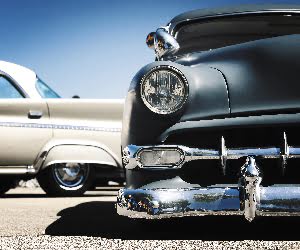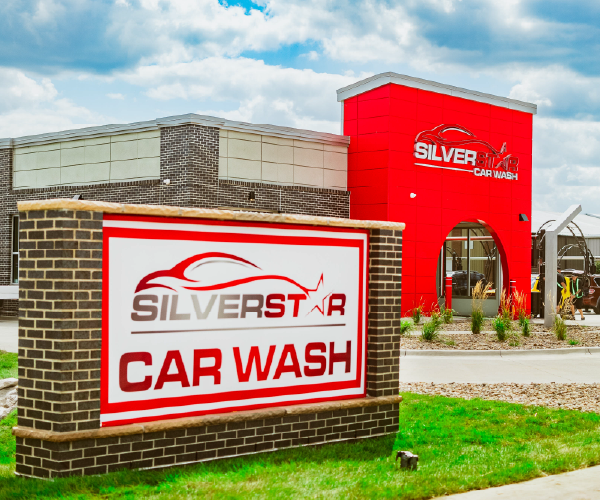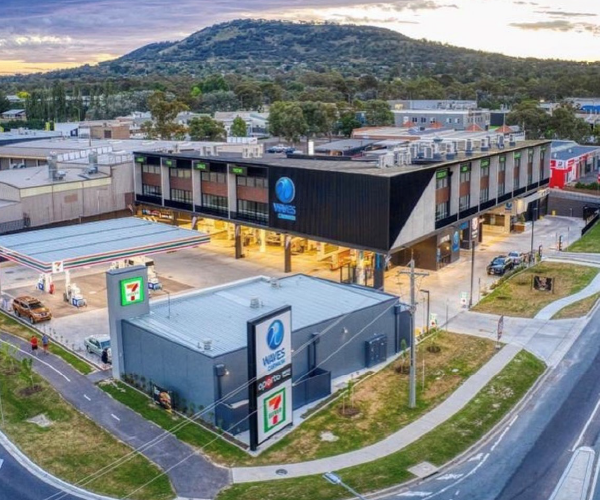
Blast from the Past - Fall 2012
July 2, 2012
4 minute ReadAs a new feature to CAR WASH Magazine, we will occasionally provide excerpts from The Great American Car Wash Story. This book was written by former ICA Executive Director Gus Trantham in 1994. It represents the most complete history we have found of the industry in North America. Enjoy.
Chapter 4
The Coming of the First Carwash
Up until the invention of the motor car, the vast majority of the human race consisted of home bodies because they had to depend upon their feet for transportation. They had to really stretch their legs to walk as fast as 3 miles an hour, so that restricted their areas of activity. The horse did offer some improvement, yet even a horse could trot at only an average of 6 miles an hour, and not on a continuous basis. So it’s not hard to understand the social revolution that started with the advent of motor cars that were dependable and priced within reach of the common man.
But what is perhaps most surprising is the fact that the first operation that could be classified as a full-time car wash was one that was able to handle open-bodied vehicles.
According to Robin C. King, former executive secretary of the Automatic Car Wash Association International, when its offices were located in Mexico City:
“The first conveyor line car wash was opened in 1914 at 1221 Woodward Avenue in Detroit, Mich., by Frank McCormick and J.W. Hinkle. These young fellows conceived the idea of washing cars on a production line, patterned no doubt after the brilliant ideas of another young Detroit hustler — Henry Ford.
“McCormick and Hinkle called their new business the Automobile Laundry. It was constructed in a large 150’ by 180’ building with both entrance and exit on Woodward Avenue. When a customer entered the building, an attendant asked him to step from the car and turn the motor off. The car was then pushed by hand in a large circle in the interior of the building, stopping from time to time to allow attendants to perform the various cleaning jobs necessary. There was very little in the way of equipment, which was not surprising of the first production line car wash of the century.
“This car wash operation reflected the necessities of the period. As the majority of cars on the Detroit streets in 1914 were Model T Fords, produced by the local Ford factory, extreme care had to be taken to prevent getting water inside the open cars. These early cars had brass accessories (head lamps, etc.) that became tarnished quickly. These fixtures were dismounted from the cars and taken to a work bench to be buffed and polished. High fenders and running boards left the gear cases exposed and these were cleaned with solvent and water pressure. When the car was thoroughly cleaned and dried, attendants refitted the brass accessories and rubbed an oily product, called distolate, over the car’s surface to make it shine. (Like Alexander the Great?) McCormick and Hinkle experimented considerably in production line methods and eventually found that they could turn out as many as 100 cars a day, using up to 20 men.”
In another article by Robin King on “Carwash Greats” that appeared in the November 1972 issue of Auto Laundry News, he expanded on the McCormick Hinkle story as the first fast car wash in the world:
“Certainly, if these two gentlemen had not conceived the idea and invested their money in a production line car wash, someone else would have, but it remains a fact that the Hinkle and McCormick car wash was the first of its kind on record, so kudos to these gentlemen. Their advertising slogan was ‘Everything Back But The Dirt.’ Detroit had mostly dirt roads in those days and the cars were generally black Fords; the open body and sportster types, with lots of brass and hard-to-wash bodies.
“The equipment for this automobile laundry was mainly overhead tanks where the distolate solvent was stored. Air hoses and distolate hoses were connected together so the car washers could blow the dirt and grime from under fenders, out of gear boxes (which were exposed in those days) and from the motor.
“The cars were pushed from cleaning station to cleaning station and each wash attendant had his specific work, such as dismounting the brass fittings to buff them, wash any cloth curtains and mica windows, wash bodies and wheels, etc. After a car was clean, it had to be hand-cranked to start. This meant drying the spark plugs, blowing out the plug wells, drying the distributor and rotor. It often took longer to start the car than it did to wash it, but in spite of these problems, the team of Hinkle and McCormick turned out many cars in a day. If any of us, today, were faced with the almost insurmountable problems encountered by Hinkle and McCormick in 1914, we would throw in the sponge, but they stuck with it long enough to inspire others to try the same idea.”
After a great start, these car wash pioneers ran into a problem that resulted in the quiet death of their business: that was, the start of American involvement in World War I. But from Alexander’s war chariots to the internal combustion engine that put the human race on wheels was a gigantic step that would revolutionize society more powerfully than any technical advice up to its time







